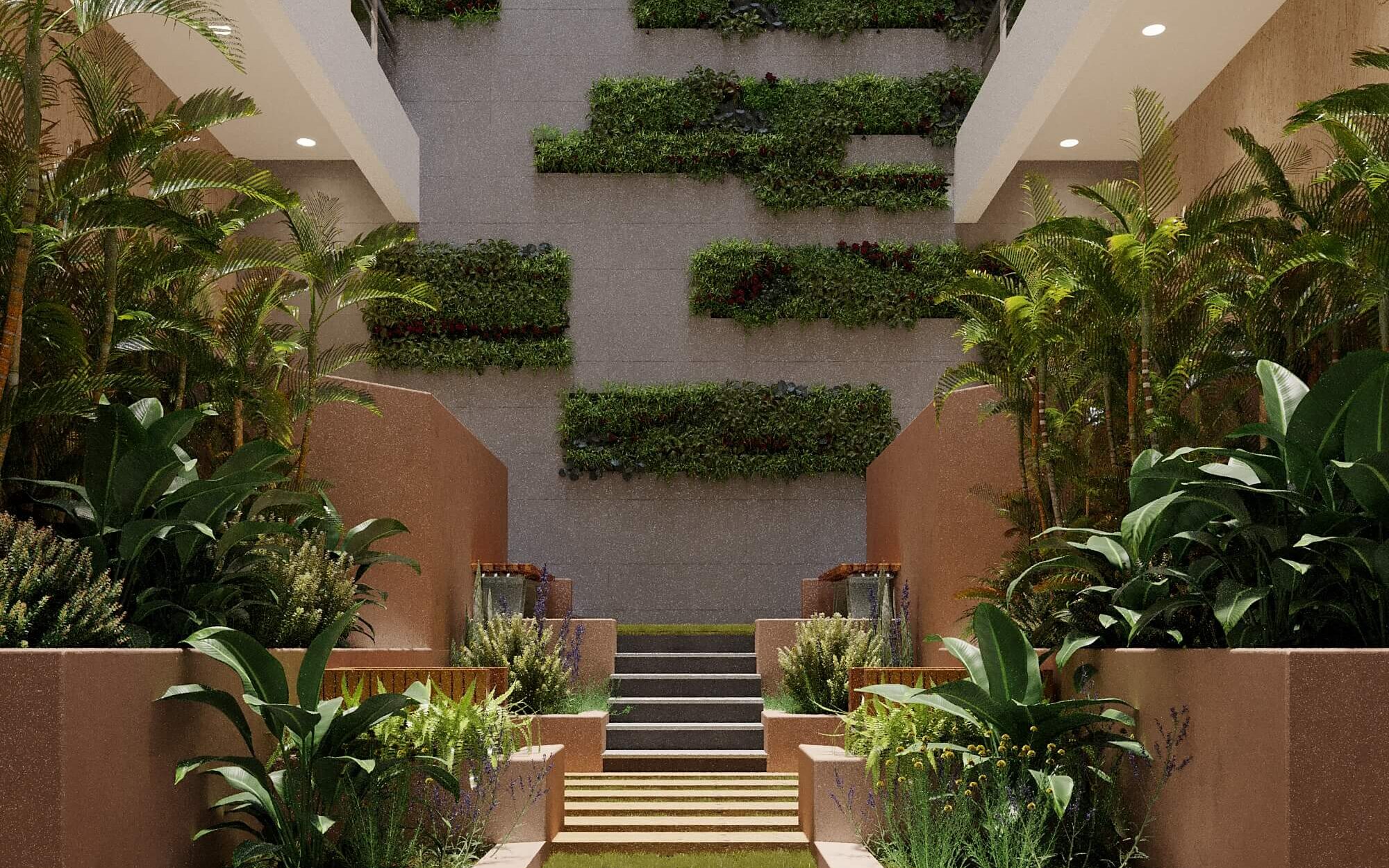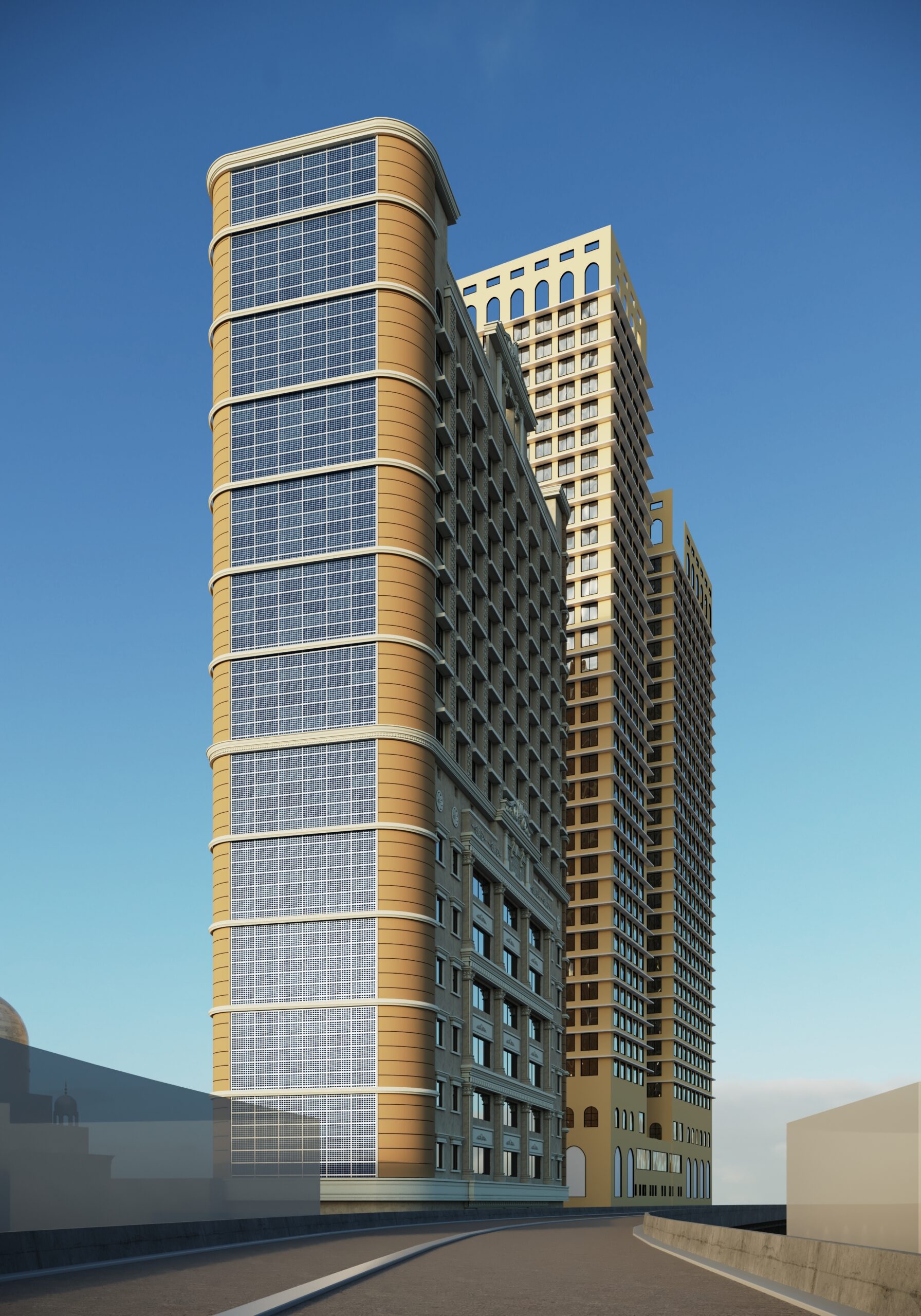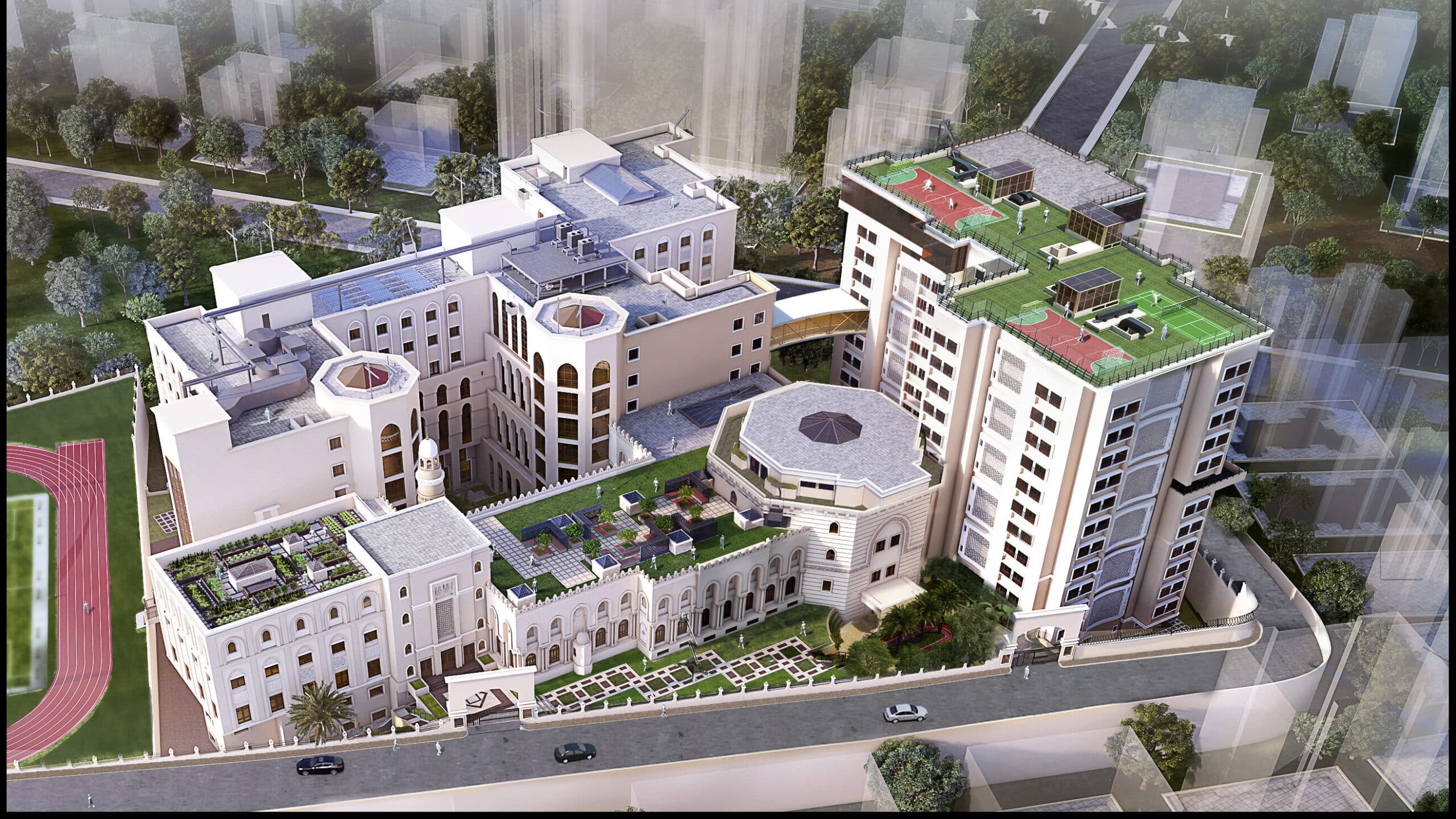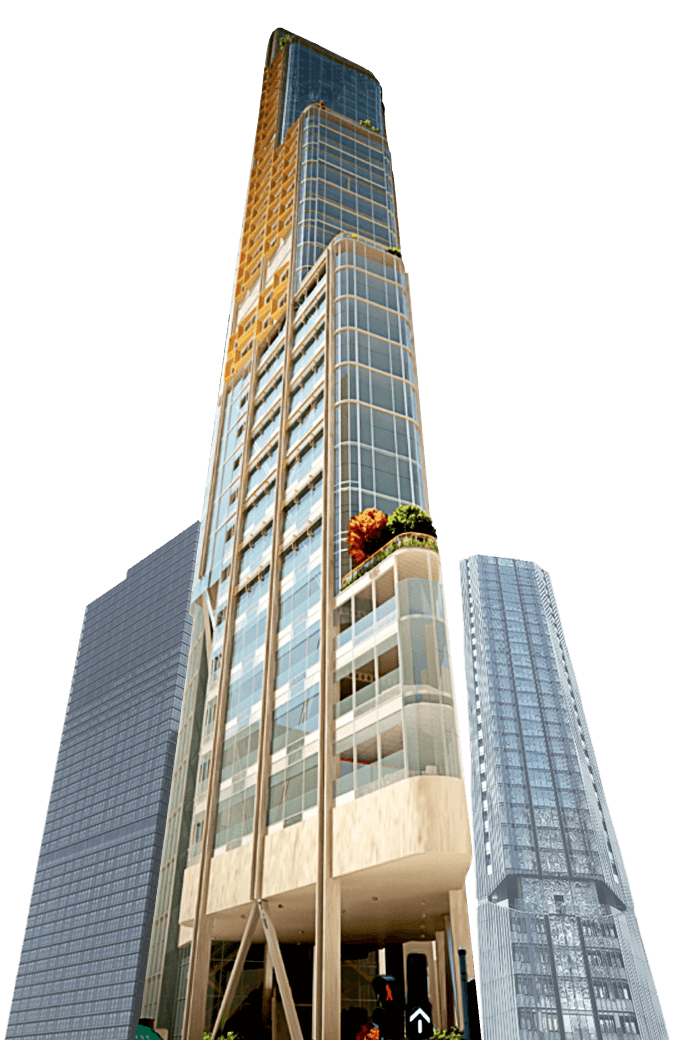Introduction,
As architects and designers, we have a responsibility to create spaces that are not only aesthetically pleasing but also environmentally friendly. In this blog, we will share 10 essential tips for green building, focusing on sustainable architecture practices that can contribute to a greener future. From energy-efficient design to material sourcing and renewable energy strategies, these tips will help you create sustainable buildings that are both eco-friendly and functional.
Tip 1: Energy-Efficient Design
Energy-efficient design is a crucial aspect of sustainable architecture. By reducing the energy consumption of a building, we can minimize its carbon footprint and lower utility bills. There are several ways to achieve energy-efficient design, such as incorporating proper insulation, optimizing natural lighting, and using energy-efficient appliances and lighting fixtures. Additionally, utilizing passive design strategies such as shading devices, orientation, and natural ventilation can also help reduce the energy demand of a building. Incorporating renewable energy sources such as solar panels and wind turbines can further enhance the energy efficiency of a building. Proper energy-efficient design not only benefits the environment but also contributes to a healthier and more comfortable living or working environment for the occupants.
Tip 2: Material Sourcing
Material sourcing is another crucial aspect of sustainable architecture. The materials used in a building can have a significant impact on its environmental performance. Opting for locally sourced, recycled, or reclaimed materials can help reduce the carbon footprint associated with transportation and extraction of raw materials. Additionally, using materials with low embodied energy, such as wood or bamboo, can further minimize the environmental impact of a building. Choosing materials that are certified by third-party organizations for their sustainability, such as Forest Stewardship Council (FSC) certified wood or Cradle to Cradle (C2C) certified products, can also ensure that the materials used in the building are environmentally responsible.
Tip 3: Water Management Systems
Water management systems are essential for sustainable architecture, as they help conserve and manage water resources efficiently. Incorporating water-saving fixtures such as low-flow faucets, showerheads, and toilets can significantly reduce water consumption in a building. Additionally, implementing rainwater harvesting systems, greywater recycling systems, and using native or drought-tolerant plants for landscaping can help reduce the demand for potable water and minimize the strain on local water resources. Proper stormwater management techniques, such as permeable pavement, green roofs, and rain gardens, can also help prevent water pollution and minimize runoff.
Tip 4: Renewable Energy Strategies
Incorporating renewable energy strategies is a key component of sustainable architecture. Renewable energy sources such as solar, wind, and geothermal can provide clean and abundant energy for buildings, reducing their reliance on fossil fuels and greenhouse gas emissions. Installing solar panels on rooftops, utilizing wind turbines, and implementing geothermal heating and cooling systems can help generate renewable energy onsite and reduce the environmental impact of a building. Additionally, incorporating energy storage systems, such as batteries, can further optimize the utilization of renewable energy and ensure a consistent power supply.
Tip 5: Construction Methodologies
Construction methodologies play a vital role in sustainable architecture. Opting for construction methods that minimize waste, reduce energy consumption, and promote recycling and reuse can significantly contribute to the sustainability of a building. Techniques
such as prefabrication, modular construction, and off-site fabrication can help minimize construction waste and reduce energy consumption during the construction process. Using sustainable construction materials and techniques, such as green roofs, straw bale construction, and rammed earth walls, can also enhance the sustainability of a building. Additionally, implementing construction practices that prioritize worker safety and well-being, such as using eco-friendly construction equipment and promoting green architecture certifications for contractors, can further contribute to a sustainable construction process.
Tip 6: Sustainable Water Management
Water management is a critical aspect of sustainable architecture. Implementing strategies such as rainwater harvesting, greywater recycling, and low-flow fixtures can significantly reduce water consumption in a building. Rainwater harvesting systems can collect rainwater from rooftops and store it for later use in landscape irrigation or toilet flushing. Greywater recycling systems can treat and reuse water from sinks, showers, and laundry for non-potable purposes. Implementing these strategies can help reduce the demand for potable water and minimize the strain on local water resources, contributing to sustainable water management in a building.
Tip 7: Indoor Environmental Quality
Indoor environmental quality is an important consideration in sustainable architecture. Ensuring that the indoor spaces are healthy, comfortable, and free from pollutants can contribute to the well-being and productivity of the building occupants. Incorporating strategies such as proper ventilation, natural daylighting, and low-emitting materials can help improve indoor air quality and create a healthy indoor environment. Additionally, optimizing thermal comfort through insulation, shading devices, and efficient HVAC systems can provide a comfortable living or working environment without excessive energy consumption. Prioritizing indoor environmental quality in the design and construction of a building can enhance its sustainability and contribute to the well-being of its occupants.
Tip 8: Passive Design Strategies
Passive design strategies are an effective way to optimize a building’s performance without relying heavily on mechanical systems. Techniques such as building orientation, shading devices, and natural ventilation can help reduce the energy demand of a building and enhance its sustainability. Properly orienting a building to maximize natural daylighting and minimize heat gain or loss can significantly reduce the need for artificial lighting and heating or cooling. Incorporating shading devices such as overhangs, louvers, and screens can block direct sunlight and reduce the need for cooling during hot seasons. Natural ventilation can provide fresh air and cool indoor spaces without relying on mechanical systems. By integrating passive design strategies into the building’s design and layout, architects can create sustainable buildings that are comfortable, energy-efficient, and environmentally responsible.
Tip 9: Green Space and Biodiversity
Green space and biodiversity are important elements of sustainable architecture. Incorporating green spaces, such as courtyards, rooftops, and gardens, can provide numerous benefits, including improving air quality, reducing the urban heat island effect, and providing opportunities for recreation and relaxation. Planting native species can also promote biodiversity and support local ecosystems. Additionally, incorporating green infrastructure elements, such as green walls and green roofs, can further enhance the sustainability of a building by providing additional insulation, reducing stormwater runoff, and creating a habitat for wildlife. By integrating green space and biodiversity into the design and construction of a building, architects can contribute to the sustainability of the built environment and create healthier and more livable spaces for the occupants.
Tip 10: Life-Cycle Assessment
Life-cycle assessment (LCA) is a valuable tool for evaluating the environmental impact of a building over its entire life cycle, from construction to operation and eventual demolition or deconstruction. Conducting a life-cycle assessment can help identify the environmental hotspots of a building and guide decision-making to reduce its environmental impact.
In conclusion,
Sustainable architecture is not only a responsibility towards the environment but also a necessity for creating a better future. By following the top 10 tips for sustainable architecture outlined above, including the use of eco-friendly materials, embracing energy-efficient design strategies, optimizing daylighting, implementing water and waste management systems, and incorporating renewable energy strategies, you can make a significant positive impact on the environment and contribute to a greener future.
Ready to embark on your sustainable architecture journey? Contact us now to learn more about how our expertise in sustainable design can bring your vision to life and create a more sustainable built environment for generations to come. Together, let’s build a better future through sustainable architecture!





3 Responses
Good post. I learn something totally new and challenging on blogs I stumbleupon on a daily basis. Its always useful to read content from other authors and practice something from their websites.
Excellent blog post. I certainly love this website. Keep it up!
Awesome blog !! Like the website. Keep it up the good work.